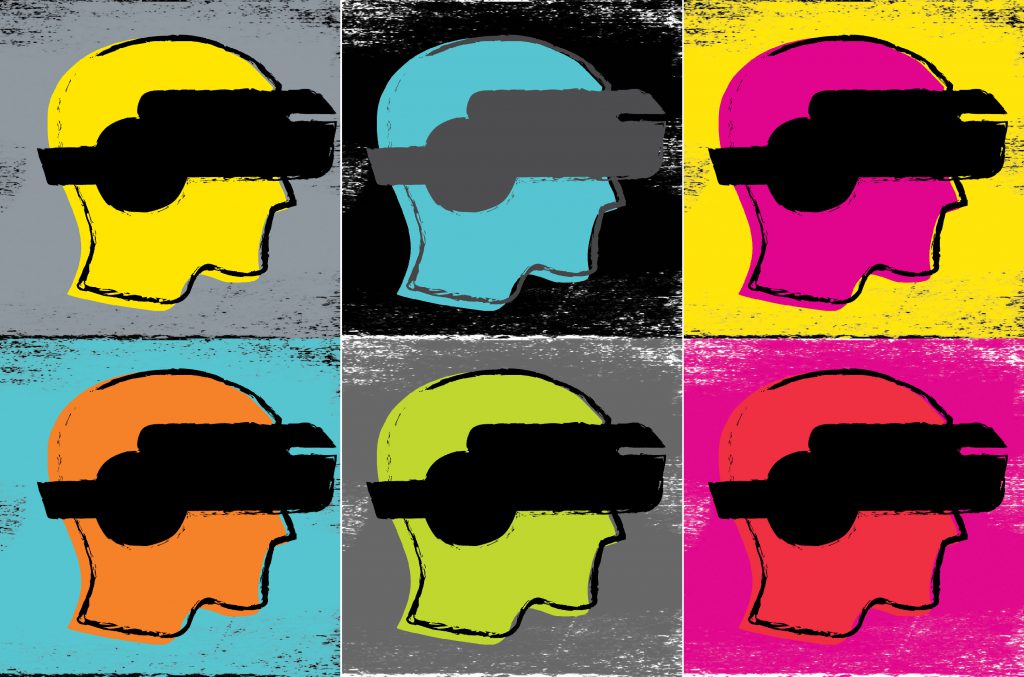IBC2016 – Using a TV CDN to deliver tomorrow’s content over IP

Much of the buzz at IBC2016 was about creating better quality image for viewers, through Ultra-HD, high dynamic range (HDR) or virtual reality TV, with the latter generating a lot of excitement amongst exhibitors and visitors. Technology is moving at such a pace, particularly when it comes to video, that 8K is already looming on the horizon, despite the fact that many broadcasters are still waiting to make the jump to 4K.
We also heard a lot about virtualization at the show and it’s something our customers have been requesting. Our new virtualized TV server announced at IBC2016 gives them the option to build a TV CDN architecture using standard IT hardware and cloud computing tools should they wish to.
One common factor with all of these new technologies and approaches is the huge increase in bandwidth that will be required to actually deliver them to viewers. While the amount of content needing to be delivered is increasing, content providers also need to be able to deliver this higher quality content as individual streams. In the early days of IPTV services, the delivery of content was still basically a broadcast service, where one stream per channel could circulate in the network. But that time has already passed. Soon, every time someone watches a show they will be demanding their own personalized unicast stream. This would be hard enough to deliver in SD quality but HD – and now 4K – puts an immense strain on the delivery network.
Controlling bandwidth is crucial with larger formats. When using a traditional content delivery network (CDN), the cost rises in direct proportion to the bandwidth used. In other words, they don’t offer a great economy of scale. For large scale content delivery, it is much more cost-efficient to build a dedicated TV CDN. Using a layered network design allows each function to scale in the most optimal way – from content management that needs to support large volumes of TV assets, to personalized TV streaming that needs to scale to huge numbers of viewers.
Where does this all lead? IBC2016 showed broadcasters, content owners and network providers how they can take control of their own destiny. Using available tools and infrastructure they can provide their own high-quality TV delivery over IP, while gaining a clearer picture of their customers and their consumption habits through valuable data. And building your own TV CDN doesn’t have to be an all-in proposition. You can build it one layer at a time.
Netflix is a great proponent of this DIY approach – they solved their scale problems by building their own CDN for TV delivery. And the same is true for lots of our customers. It became evident as we spoke to broadcasters, content owners, telcos and cable operators at IBC that this is a trend we are going to see a lot more of.
While issues like cost and scalability are significant, at the end of the day, successful TV services depend on quality. No screen experience is valuable when accompanied by buffering, delays and glitches. Fortunately, a CDN designed specifically for TV services can meet consumer expectations for high quality content – in ever-higher resolutions and formats – and on every screen!
Author:
Göran Appelquist, CTO
ARE YOU READY FOR TV BEYOND BROADCAST?
Fill out the form below and we will get in touch with you.